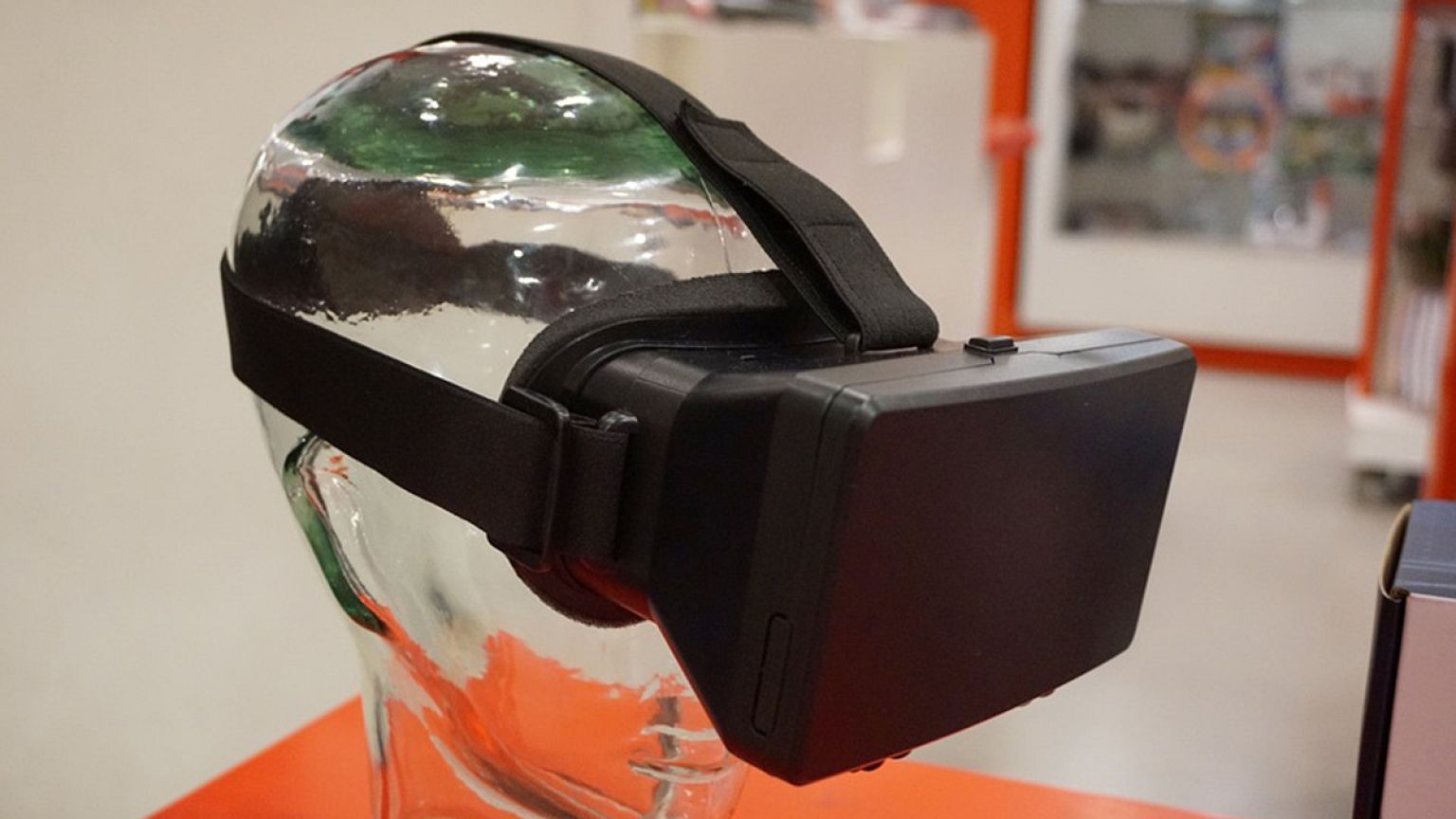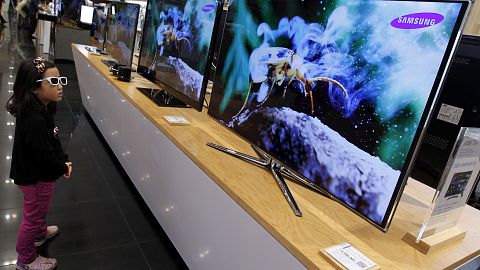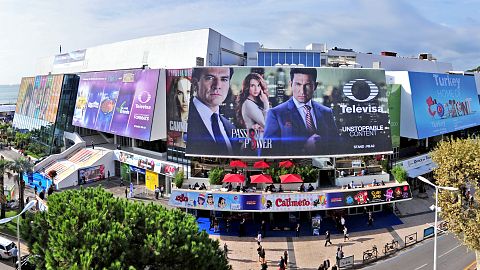Despite its strong presence on the programme at MIPCOM 2016 – one of the world’s leading markets for entertainment content – virtual reality still hasn’t convinced everyone in the business.
While most can see its relevance for passionate gamers, some, including Alex Berger, executive producer of TOP – The Oligarchs Production, shared his doubts about whether VR for film and content really could go mainstream. The supporters’ response: it already has!
One of those supporters is Ben Smith, CEO of Laduma – a company that is producing stunning VR content. Euronews caught up with him at MIPCOM, to see why he has so much confidence in the longevity of VR.
“You look at the companies involved, you look at the reaction of the public to the content that’s being created. That’s what’s giving me confidence,” he said. “The feeling, the buzz that people get when they see the content, the reaction, the laughter, the screams, the sense of fun that people have. And of course the companies that are getting involved. When you combine these two things you start to have a compelling case.”
The International Data Corporation predicts that worldwide revenues for the augmented reality and virtual reality (AR/VR) market will grow from $5.2 billion in 2016 to more than $162 billion in 2020. Many big media companies and networks are already investing heavily in VR tech and expertise, could they really all be wrong? Let’s have a look at some of the main criticisms:
It’s a gimmick
Some people think that its popularity is due to its gimmick value, and that this could subside after initial enthusiasm wears off. It has happened before, 3D TVs were once the talk of MIPCOM, and where did that end up? The difference, argues Ben Smith, is that “VR does something 3D TVs were trying to do”.
The experts at MIPCOM accept the gimmick concerns, arguing that only high-quality content will keep users coming back for more. Neil Graham, head of Sky VR Studios warned: “We can’t rely on having the wow factor for too long, we need to develop it.”
The content
Experts are unanimous about one thing: VR for the sake of VR doesn’t work, it needs to bring something you won’t get from TV. The user’s presence needs to be central to the experience.
To make #VR "just go out and try it" says Nathan Brown from
DiscoveryComm</a> at <a href="https://twitter.com/hashtag/MIPCOM?src=hash">#MIPCOM</a> - "learn from your mistakes"</p>— Charlotte Cullen (_CBCullen) 17 octobre 2016
At the moment many media companies are in a phase of experimentation but Laduma’s Smith says creators need to be careful: “It’s where the content isn’t quite up to scratch that people make a judgement, not just on the content they’ve seen but on the whole of virtual reality… that’s the danger.”
A successful VR project needs to complement other types of content, not compete with it. One interesting example of this is Halcyon, a futuristic murder mystery experience that mixes short-form episodes and interactive VR content.
#MIPCOM: Important to be shooting just for #VR don't try and put your 360 camera in a normal shoot (cameras will just get in the way!)
— Charlotte Cullen (@_CBCullen) 17 octobre 2016
A lonely experience
One of the arguments against VR is that it is an anti-social technology, that it isolates people in a way that TV and gaming doesn’t. But apparently ‘social VR’ is just around the corner. In the last few weeks Facebook announced its next big push in VR was to bring people together inside headsets, maybe even connecting families virtually from separate sides of the globe.
However, even if a more social VR is on the horizon, this argument is fundamentally flawed because no one is saying that VR will replace traditional viewing. It seems unlikely that we’ll be seeing families in living rooms, each wearing a separate VR headset and living a separate VR experience.
The cost
The high-end headsets are extremely expensive (the HTV Vive retails at around 900 USD) and on top of that you need an extremely powerful computer to run it. The newly-released PlayStation headset costs less (around $400) and plays on a PS4. Many are saying that this more ‘affordable’ system could be a turning point for the industry.
“I think PlayStation VR is a big moment for virtual reality because it’s maybe the most high profile launch we’ve seen yet. As long as the game play is good I can’t see how it will struggle”, Smith told Euronews.
And aside from the more pricey options, VR challengers shouldn’t forget that powerful, immersive experiences are available with just a smartphone and Samsung Gear or Google Cardboard.
With tech giants like Samsung and Facebook so deeply involved now, VR is already playing in the big leagues. But Smith admits that unlike augmented reality, VR is still waiting for “its Pokemon Go moment”.


















